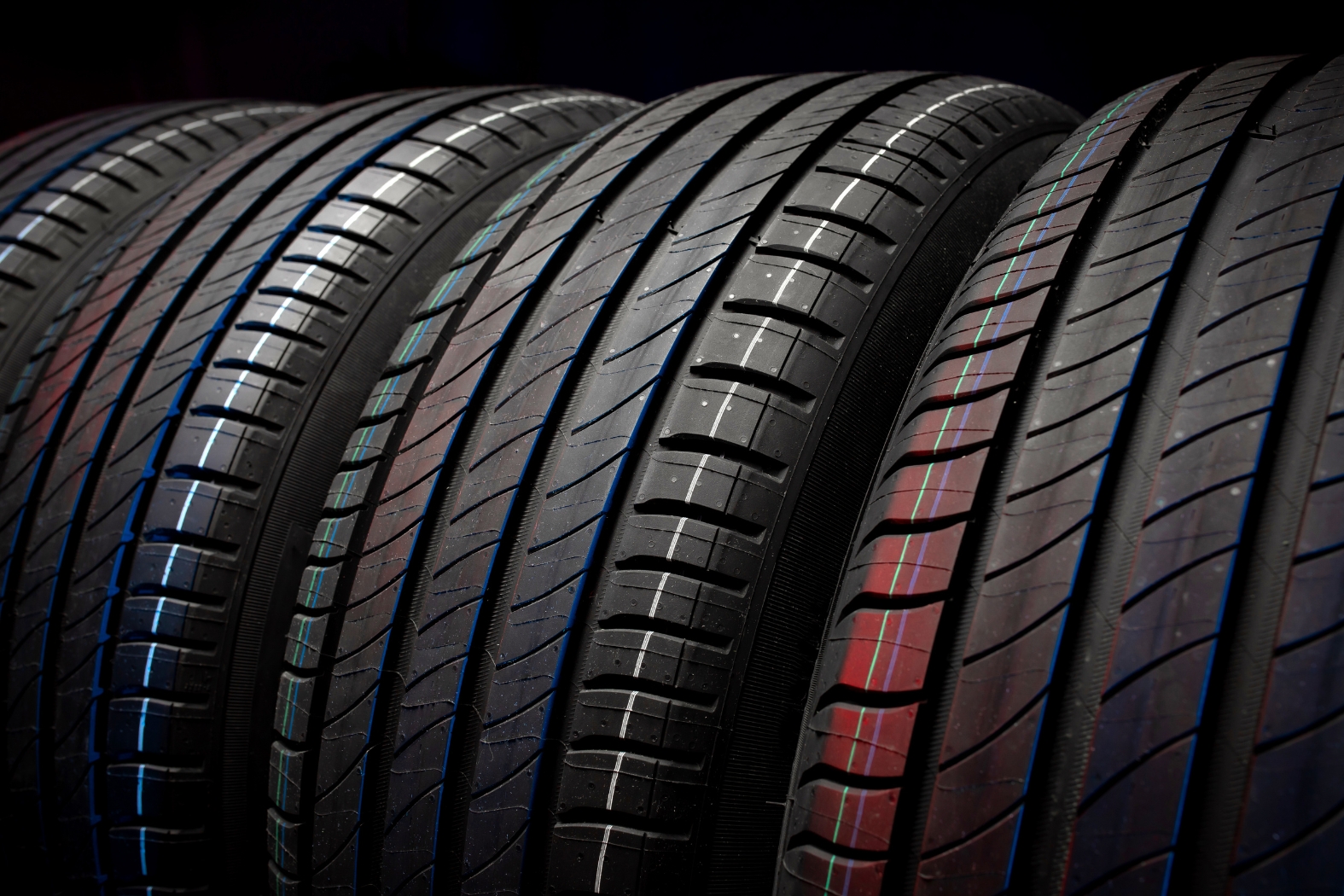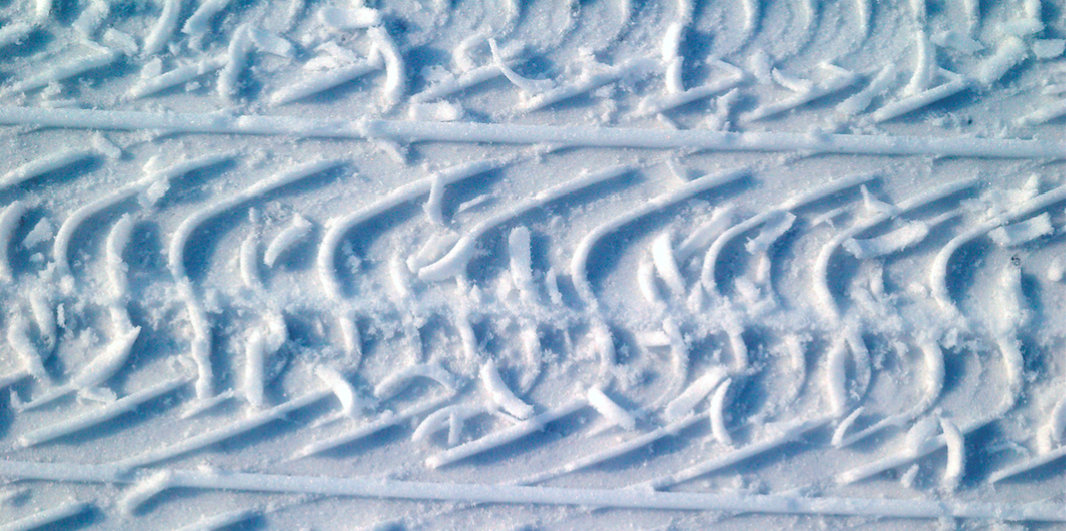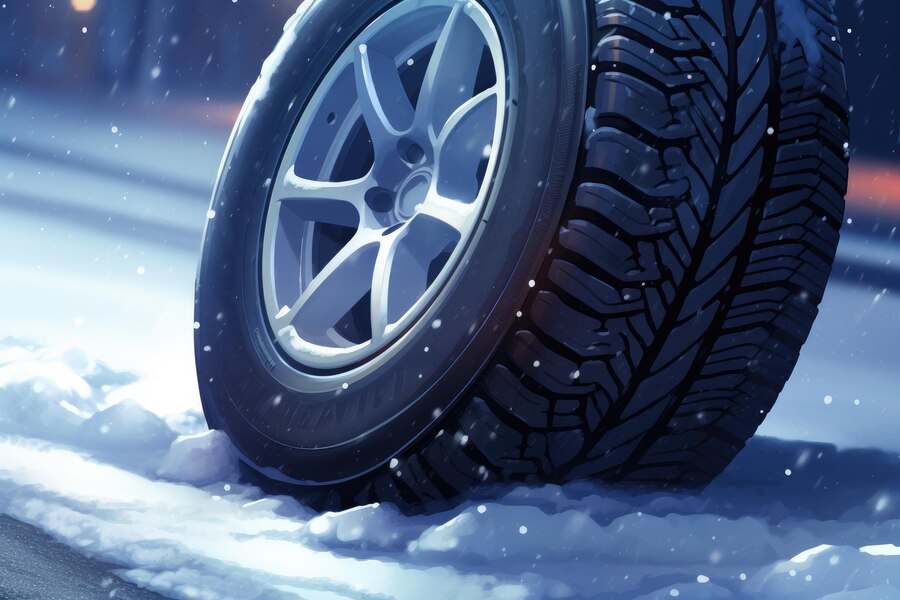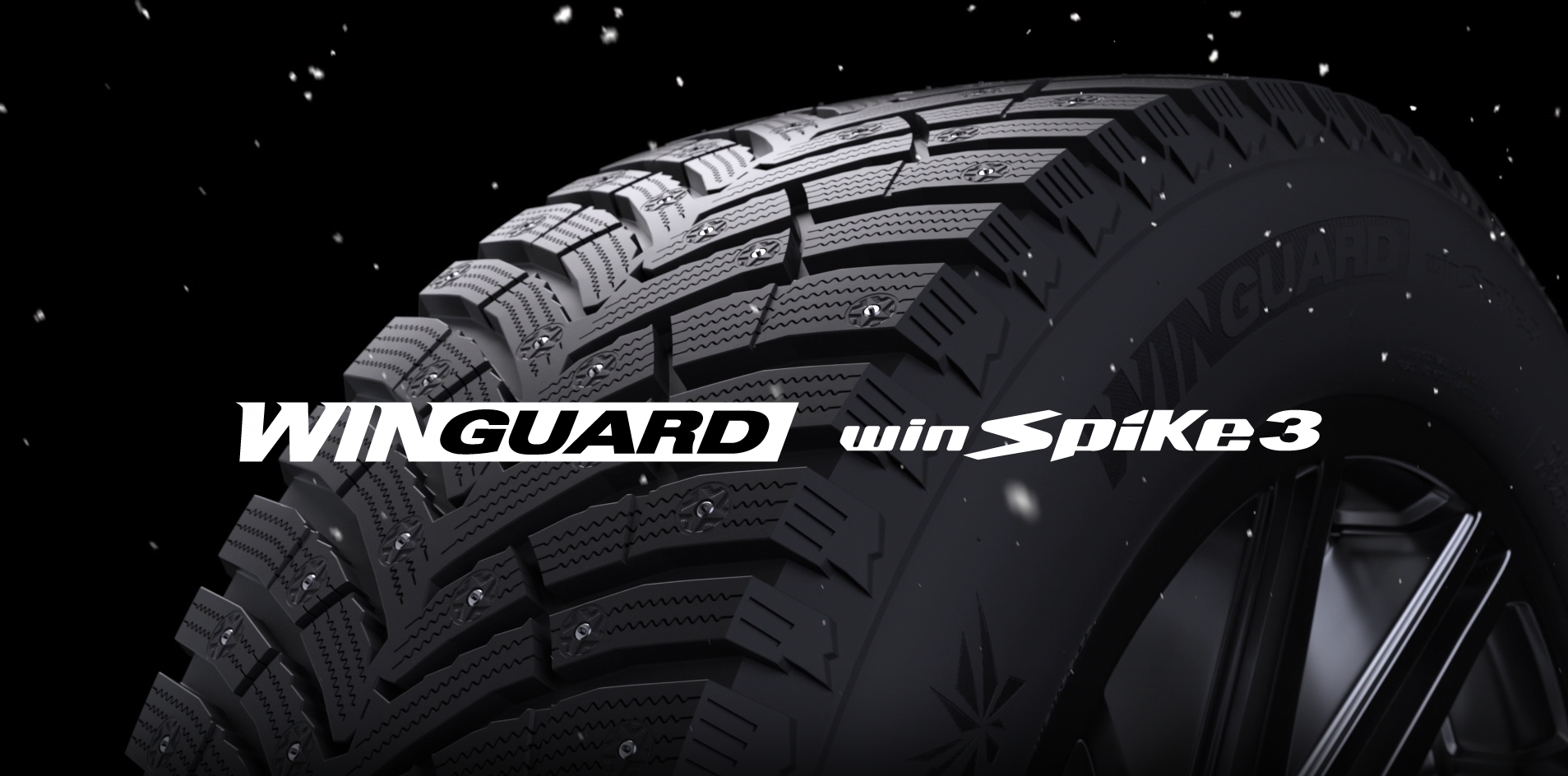Last Updated on March 27, 2025
Unveiling the Versatility of Asymmetrical Tires
The engineers that design passenger tires always have to mix and match. Tires with excellent traction on dry roads must also provide sufficient traction for wet roads. Tires with highly responsive cornering and breaking must also offer a reasonable tread life. Tire manufacturers mix tread patterns, rubber compounds, and general tire architecture to create multi-talented tires.
What Are Asymmetrical Tires?
Let’s start with the basics. Asymmetrical tires have a unique design, with different patterns on the inner and outer halves of the tire tread. It’s like having two tires in one! The inside print often focuses on wet traction and handling, while the outside emphasizes dry grip and cornering stability.
Then there are asymmetrical tires. Instead of a pattern repeating itself across the tread, these tires show several independent tread patterns on one tire, each designed for a different function. The idea is that, in some cases, putting the various tire aspects in their best places will enhance the tire’s overall handling and response.
Asymmetrical tires are generally built to enhance performance and handling in wet and dry conditions. In the photo above, the tread on the right side of the asymmetrical tire contains large blocks suitable for dry traction and cornering. Those blocks also keep the outside shoulder from increased heat accumulation.

Mounting Asymmetrical Tires
Since each side of your asymmetrical tire differs, you must mount it with the correct side facing out. Instructions will be on your sidewall, with words such as “This side out” or something similar.
Rotating Asymmetrical Tires
You can rotate your asymmetrical tires from front to back on the same side of the car but not from one side to the other.
Note: Never mount both asymmetrical and symmetrical tires on your vehicle at the same time. The results can be dangerous. Mixing the two kinds of tires can make handling unbalanced and cause steering problems, especially on wet roads.
The Benefits of Asymmetrical Tires
Tires are like the shoes of your car, and just like you choose different shoes for different occasions, your vehicle’s tires can be tailored for specific tasks, too. Enter asymmetrical tires, the multitaskers of the tire world. In this guide, we’ll dive into what makes these tires unique and why they could fit your driving needs perfectly.
- All-Weather Prowess: Asymmetrical tires are fantastic in all seasons. The inner part helps with wet and rainy conditions by channeling water away, reducing the risk of hydroplaning. The outer part provides excellent grip on dry roads, making them versatile year-round performers.
- Superior Handling: When navigating tight corners or winding roads, you want tires that can handle it. Asymmetrical tires excel in this department. The outer tread’s design gives you stability and precise steering response, while the inner print ensures control in wet conditions.
- Enhanced Traction: Good traction is vital whether you’re accelerating or braking. Asymmetrical tires offer the best of both worlds. The outer portion grips well during acceleration and cornering, while the inner bit helps with braking, especially on wet or slippery surfaces.
Uses of Asymmetrical Tires
Asymmetrical tires are versatile and suitable for various vehicles, from sports cars to sedans and SUVs. They shine on city streets and highways, making them a smart choice for everyday driving.
Asymmetrical tires are like the Swiss Army knives of the tire world, with different talents for different situations. One side of the tire is specially designed for wet roads, channeling away water to prevent slipping.
The other side focuses on dry grip and stability, perfect for sunny days. This versatile design makes asymmetrical tires a fantastic choice for everyday driving.
Whether cruising through a summer downpour or taking sharp turns on a clear afternoon, these tires have covered you, making them a top pick for those who value adaptability and performance.
Maintenance Tips of
Taking care of your tires is like looking after your shoes – it keeps you safe and comfortable on the road. In this guide, we’ll share some straightforward maintenance tips to help you make sure your tires stay in great shape.
To get the most out of your asymmetrical tires, remember these maintenance tips:
- Regular Rotation: To ensure even wear, rotate your tires as the manufacturer or your mechanic recommends.
- Proper Alignment: Keep your vehicle’s wheels aligned to prevent uneven wear and ensure optimal performance.
- Check Tire Pressure: Maintain proper tire pressure as your vehicle’s manual indicates.
Conclusion
In the world of tires, versatility is critical, and asymmetrical tires deliver just that. Their unique design provides excellent grip, handling, and traction in various conditions.
Whether driving on a sunny day or through rain-soaked streets, these multitasking tires can be your reliable companions.
So, when choosing your next set of tires, consider the multitaskers of the tire world—asymmetrical tires. They’re ready to tackle whatever the road throws your way.
FAQs
What is unique about asymmetrical tires?
Asymmetrical tires have two distinct tread patterns on the inner and outer halves of the tire. This design combines wet and dry performance, offering versatility for various road conditions.
Are asymmetrical tires better?
Asymmetrical tires offer balanced performance for wet and dry conditions, making them an excellent choice for many drivers. However, the “better” tire depends on your driving needs and preferences.
What is the purpose of asymmetrical tires?
Asymmetrical tires are designed to provide optimal grip, handling, and traction on different road surfaces. The inner tread often focuses on wet performance, while the outer impression emphasizes dry grip and stability.
Are most tires asymmetrical?
No, most tires are not asymmetrical. Asymmetrical tires are a specific type designed for particular performance advantages. Many tires have a symmetrical tread pattern, while others may have directional or winter-specific designs tailored to specific conditions.
-
Automotive Specialist
-
Proofreader
-
Writer










 English
English Français
Français Español
Español